A narrow and picturesque road meanders up in the mountain, following the curves of the Balkan Mountain beyond the Bulgarian border, above the town of Pirot and it leads under the branches of the trees right to the village of Rasovtsi. One of the roads of the everlasting return – the Western Bulgarian Outlands or East Serbia can be found there. It is a place where spirit and dolce vita overcome misery.
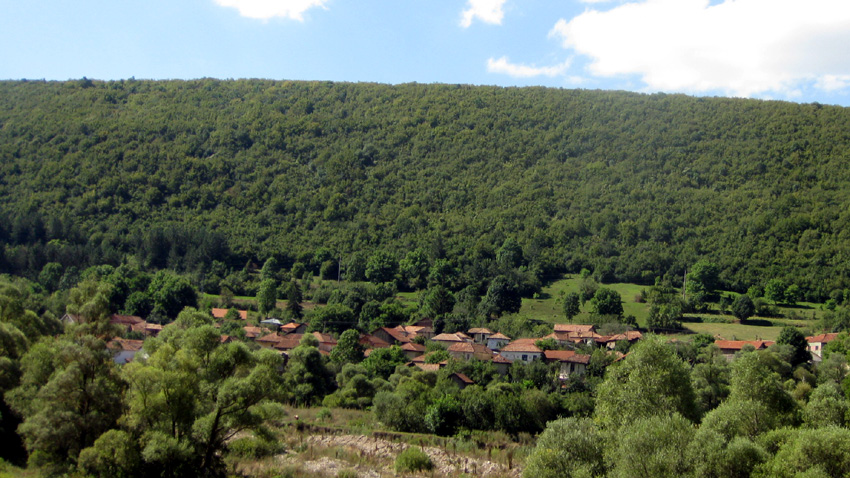
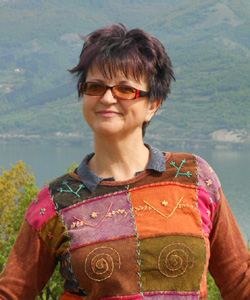 Mrs. Lyuba Pacheva, a tour operator employee tells us more on the village of Rasevtsi, situated 23 km away from Pirot, on the left bank of the Visotchitsa River at the foot of the Balkan Range:
Mrs. Lyuba Pacheva, a tour operator employee tells us more on the village of Rasevtsi, situated 23 km away from Pirot, on the left bank of the Visotchitsa River at the foot of the Balkan Range:
“The name of the village was mentioned in 15 c. Turkish documents. It is considered to originate from the name Hraz - perhaps a local landlord. The settlement itself has always been Bulgarian. The initial border from 1878 was placed to the West of Pirot and Nish. The Berlin Treaty /1878/ however and the Treaty of Neuilly-sur-Seine /1919/ shrank significantly the territories of Bulgaria.”
The village used to have more than 1,500 residents once. The population made a living with stock breeding mainly. A wool and leather factory used to work there. It is not functioning nowadays and locals say they count to no more than 70 – 80 people. Most of them say they are ethnic Serbs, but do admit:
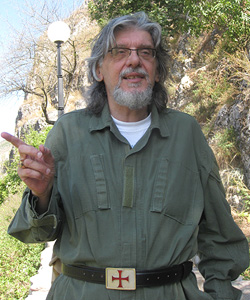 “The history of our peoples is mixed, with traditions interweaving not only through the Christian, but also in the early-Christian period. One can spot that in both our language and customs,” says Templar knight Milan Vidoevic. He is historian and a writer. The man considers himself the guardian of the local Christian temple, situated in one of the numerous caves in the karst rocks there.
“The history of our peoples is mixed, with traditions interweaving not only through the Christian, but also in the early-Christian period. One can spot that in both our language and customs,” says Templar knight Milan Vidoevic. He is historian and a writer. The man considers himself the guardian of the local Christian temple, situated in one of the numerous caves in the karst rocks there.
The temple was abandoned within a decade or so with complicated access, but last year it was restored as an initiative of the Serb Orthodox Church and the village people, with a comfy stone path built up towards the temple.
“The interesting thing about this church is that it can be found in a cave. Monks used to live there once. Visitors can see here 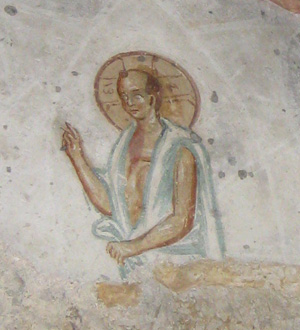 the most beautiful and only one of its kind in the world non-canonic fresco of young Jesus. There are experts who date it to the 12 – 13 c., but I think it’s older, from the 9 c. Jesus was depicted as a young novice, i.e. he wasn’t a spiritual leader yet. He is dressed in an usual manner – in monk clothing of the Essenes, one of the spiritual communities that used to exist in Judaea. Their model of monkhood was later on transferred to Christianity and is followed today as well. Monasteries nowadays are set on the rules of this Judaic community: reclusion, virginity and life, devoted to God and prayers…”
the most beautiful and only one of its kind in the world non-canonic fresco of young Jesus. There are experts who date it to the 12 – 13 c., but I think it’s older, from the 9 c. Jesus was depicted as a young novice, i.e. he wasn’t a spiritual leader yet. He is dressed in an usual manner – in monk clothing of the Essenes, one of the spiritual communities that used to exist in Judaea. Their model of monkhood was later on transferred to Christianity and is followed today as well. Monasteries nowadays are set on the rules of this Judaic community: reclusion, virginity and life, devoted to God and prayers…”
The fresco described by Milan Vidoevic depicts Jesus in a period of his life, undescribed by the gospel and that is why it does not fit the cannon. Remains of hair can be spotted on his head, typical for bald men and that is why the image is known as the Bald-headed Jesus.
“The fresco of the Sv. Petar i Pavel Church depicts Jesus in white cloths and a blue belt – just like an Essene novice. Not a single image of this kind has been found ever anywhere around the Orthodox world. No one knows who painted it too – supposedly a monk who used to live in the cave and who obviously loved Jesus with all of his heart and soul – hence the discrepancy with the official canonic standard…”
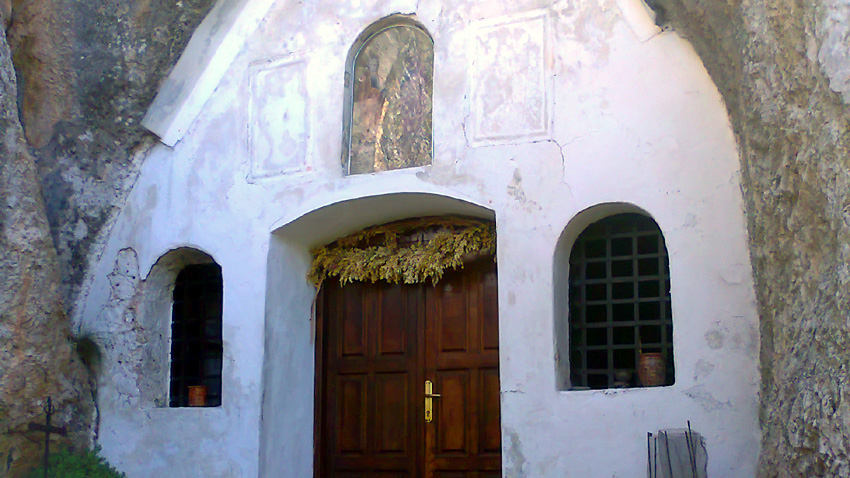
Other researchers say that the church was depicted in the 14 c. by painters who had been invited by Prince Lazar to do the same with the Krusevac Church. The temple has been under the protection of the Serbian state since 1981.
English version: Zhivko Stanchev
Photos: Miglena Ivanova and private libraryAfter the Liberation in 1878, Bulgaria began to develop at a pace that would make up for the centuries-long absence from the world history map. Young Bulgarians graduated from prestigious European universities and took their knowledge to their homeland..
One of the three biggest Hebrew holidays, Pesach (Passover) starts at sundown (5 PM) on 22 April and ends on 30 April. It is a movable feast, falling after the 14 th day of the spring month of Nisan which starts after the spring equinox with the..
The founder of the Internal Revolutionary Organisation for the Liberation of Bulgaria, Vasil Levski, was the first to involve foreigners in the liberation movement when he set up revolutionary committees in the Bulgarian provinces. The first foreign..
After the Liberation in 1878, Bulgaria began to develop at a pace that would make up for the centuries-long absence from the world history map. Young..

+359 2 9336 661
